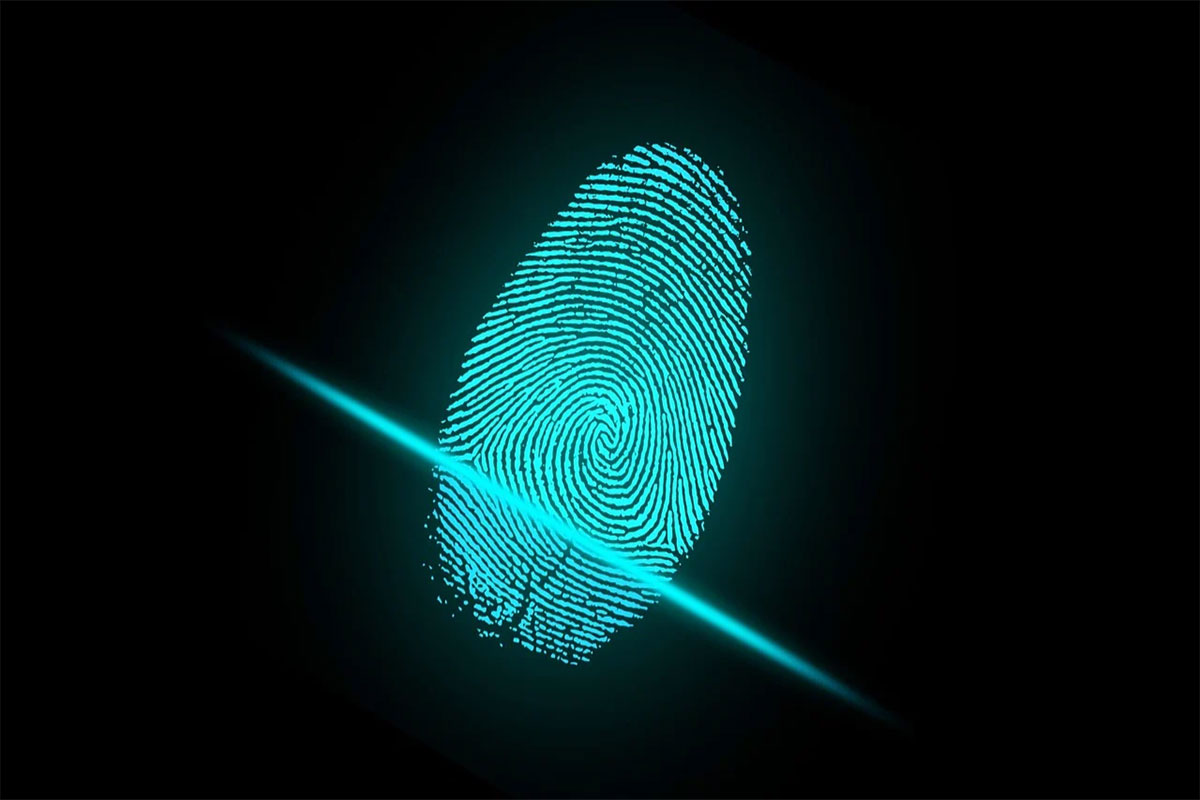Since the Internet is home to various cybercriminals and cyber threats, it is inevitable to be a potential victim of attacks for businesses of all sizes if they don’t secure their network, its perimeter, and assets. In this regard, both internal and external security should be reinforced and regulated proactively. In the last couple of years, many companies shifted their business to hybrid or remote working models and adopted cloud services. So, new security vulnerabilities arose along with the new exploitation methods of cyber criminals.

Considering the sophisticated cyber threats and the vulnerabilities of modern technologies, data protection remains to be a core challenge for companies. Businesses must ensure network security by regulating access to sensitive company or customer data, applications, files, and other network assets through authorization and authentication. This can be achieved by implementing IAM (Identity and Access Management) tools. With IAM, businesses can control the access and privileges of users, and ensure the verification of authorized users’ identities to protect data and the network. For identity access management, policies and processes are vital to be in place.
In these processes, authentication is the core component of IAM to achieve secure access to sensitive data. Unfortunately, only passwords are inadequate to verify the identity of privileged users. Compromised credentials are the root cause for 35 percent of data breaches due to employees. In this regard, the security provided by 2FA can also fall short due to sophisticated attacks by cyber criminals. That’s why companies must implement multi-factor authentication in IAM tools for advanced verification methods to protect their business against data breaches related to compromised credentials. Now, let’s dive into the role of multi-factor authentication in identity access management further.
How Identity and Access Management (IAM) Works
Before explaining the role of multi-factor authentication, we need to understand what Identity and Access Management (IAM) architecture involves and how IAM works. Identity access management technology provides a framework that can grant access levels and privileges for certain users to obtain specific data and applications in a network when it is needed. The identity access management tool aims to prevent unauthorized access of any form, lateral movement, and cyber attacks through multiple processes.
IAM allows administrators to monitor the activity of the access to network assets and data, detect any unusual behavior and block suspicious or illicit use, transfer, and deletion of specific data. All of these procedures are related to the activities of privileged users. The given privileges are arranged specifically to fit the roles and permission levels of users with an IAM tool. Only required network resources should be available to each user for carrying out their duties, which in turn mitigate lateral movement and the effects of a data breach if it occurs. Also, IAM allows businesses to record user requests, access logs, and activities.
The other core component of IAM is authentication. When permitting access to network resources, privileged users must prove their identity to ensure data security and prevent cyber criminals from infiltrating the network by compromising credentials. Identity and access management technology incorporate advanced verification methods such as two-factor authentication (2FA), single sign-on (SSO), multi-factor authentication (MFA), and biometrics. Authentication tools help compare user credentials with the database of businesses and ensure their identity is indeed the user requesting access to the network. These days, MFA is deemed to be significantly more secure than SSO and 2FA since cyber attacks have gotten extremely sophisticated. So, implementing IAM tools with multi-factor authentication is crucial for companies to secure their network against cyber attacks and data breaches.
Multi-factor Authentication
Multi-factor authentication is a framework that verifies the identity of users through multiple steps before granting access to specific network assets. Multi-factor authentication provides extra security measures by implementing two or more independent verification methods which involve users’ knowledge, possession, and inherence. In other words, users must provide credentials for what they know, what they have, and what they are by a combination of a password, security tokens or hardware key, and biometrics.
By layering out security steps, the possibility of data breaches due to compromised credentials reduces significantly. Because even if one verification factor is compromised, unauthorized users or cyber criminals need to surpass other verification steps. Therefore, companies can protect network assets and sensitive data efficiently.
As mentioned earlier, multi-factor authentication has become a crucial verification tool for identity and access management technologies because it strengthens perimeter defenses immensely compared to single sign-on and two-factor authentication.
The Importance of Implementing Multi-factor Authentication for IAM
With its straightforwardness and effectiveness, multi-factor authentication offers a higher level of security for identity and access management tools since it implements a layered defense before granting access. Multi-factor authentication brings verification processes a new approach. Meaning that anyone with valid credentials can’t have access immediately after entering their password and has to prove their identity through various methods of identification. Since these credentials can be compromised or guessed easily by cyber criminals, more security in authentication is necessary when managing access to sensitive data.
Also, multi-factor authentication provides various verification factors and methods to meet businesses’ security needs in identity access management. These factors consist of proving identity with users’ knowledge, possession, and inherence. Aside from credentials, MFA makes use of biometrics such as fingerprints and voice or facial recognition, time-based one-time-only codes, security tokens, USB devices, hardware keys, and contextual information such as location and time.
For IAM tools, it is especially crucial to ensure company or consumer data is only accessed by those who have proven their identity with the right level of authorization. As these identification factors are checked against a set database of businesses, multifactor authentication in IAM tools provides a secure connection for employees to access, use and share sensitive data. Implementing IAM solutions with multi-factor authentication will reduce security risks and cyber attacks critically.
Additionally, compliance is another crucial aspect of business security and sustainability. Multifactor authentication further supports IAM tools to ensure regulatory compliance for businesses by preventing unauthorized access, examining access, and enforcing strong data protection measures. So that companies can show proof that they are staying compliant with regulations such as HIPAA, GDPR, and CIJS via identity access management and multi-factor authentication. Also, GDPR, HIPAA, and many other regulations require multi-factor authentication to be implemented for businesses to stay compliant.
Final Remarks
In an era where cyber threats and attacks are continuously evolving and emerging at every corner of vulnerabilities, businesses of all sizes must ensure the security of their network and sensitive information. Via IAM technology combined with multi-factor authentication, companies can achieve robust and effective network security while ensuring compliance with regulations such as GDPR and HIPAA. Keep in mind that implementing MFA enables businesses to reap the full benefits of IAM tools.









